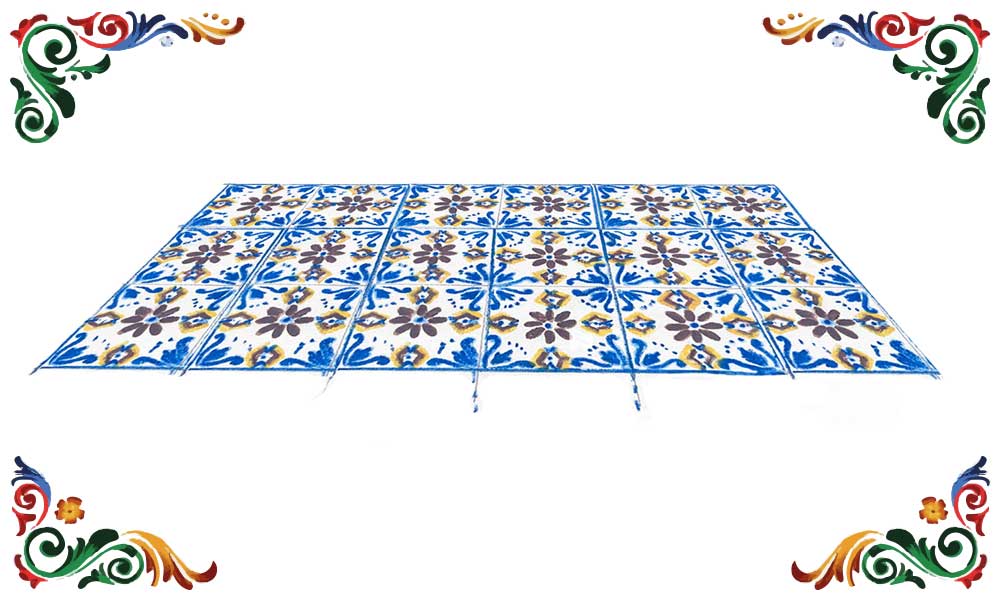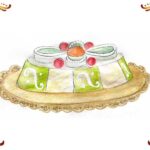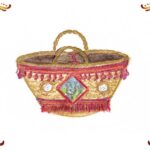
Sicilian majolica
The art of ceramic was already known in Sicily in prehistory. Over the centuries many contacts with inhabitants and different traditions allowed local potters to acquire new techniques, new decorative methods, reworking the various foreign influences into products with an original style.
Arabs brought the technique of glazing pottery, which allowed to paint and waterproof the objects making them weather-resistant.
To Spanish the use of stanniferous glaze and the addition of shades of blue near the traditional green, manganese and yellow colours used until that moment.
Decorative style was strongly influenced by Italian Renaissance, indeed there are many reasons that recall peacock feathers and plant decorations.
Majolica was used a lot also in architecture. Decorated majolica covered cupolas of religious buildings and floors of royal villas and palaces with an aesthetic and decorative function, but also practical: indeed, the glazing gave permeability to the surface and protected the part underneath from infiltrations.



